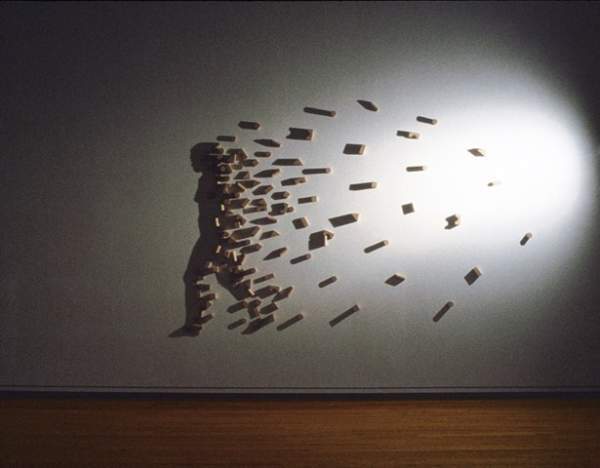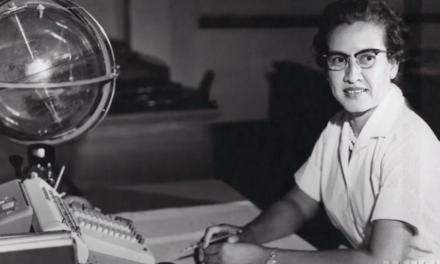There are many unusual works of ancient and modern art out there. They’re unlikely creations that stretch our definition of what art should be, that upset, puzzle and delight.
Art has been around almost as long as humans, and it comes in all sorts of different forms that arguably can affect us in weird and wonderful manners. Some of the most common art forms are paintings and drawings, but what an artist uses as a medium to make a piece of art will help determine what form the artist is going to create.
An artist can express themself in varied ways by using almost anything and turning it into an often beautiful piece of work. These few fascinating art forms provide unique and exciting ways to explore new realms of artistic expression and prove that the world of art, is indeed limitless. We share with you some unusual art forms you may not have heard about.
Shadow Art
Shadows are intangible by nature, but modern shadow artists have managed to take this fleeting natural resource and turn it into a mind-blowing artform. This form uses carefully positioned objects to build and cast beautiful shadow images creating haunting imaginings of people, places and objects.

Gyotaku
Historically used by fishermen to record their catches, Gyotaku (Japanese from gyo “fish” + taku “stone impression”) is the traditional Japanese method of printing utilising fish, sea creatures, or similar subjects as ‘printing plates’ in its process.
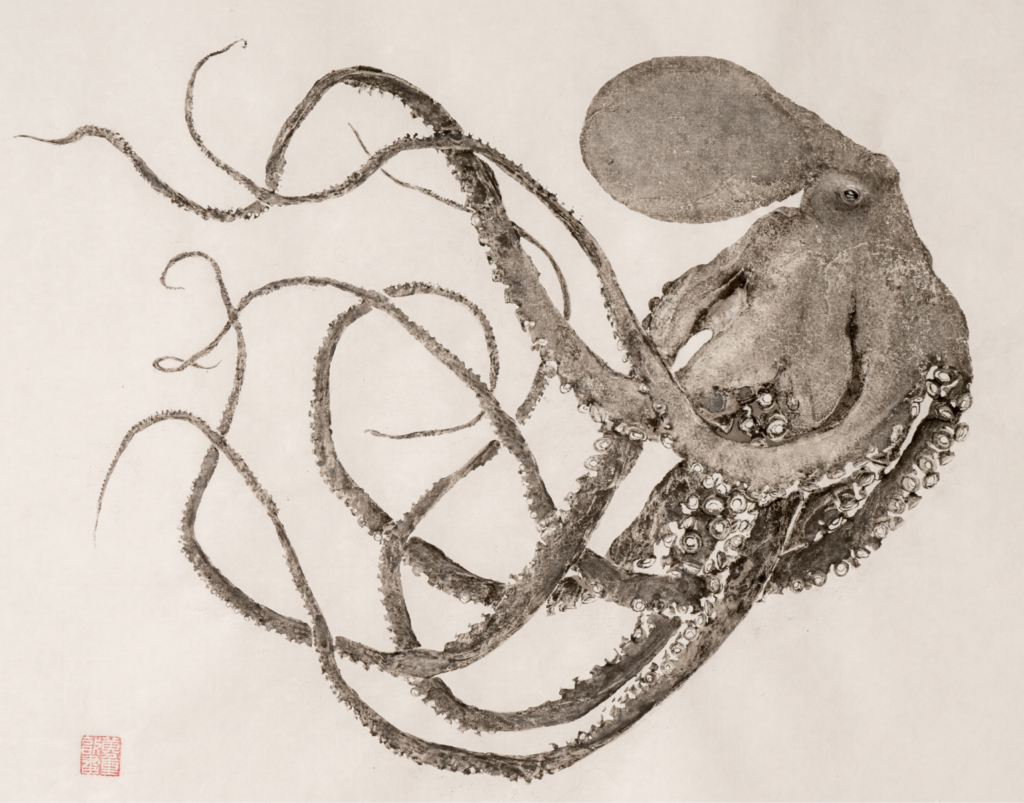
Originally, prints were made using sumi ink and washi paper. Today, some of the more inventive artists around the world are using materials such as squid ink and/or blood of the fish to create beautiful prints of marine life.
Anamorphosis
Anamorphosis is the method of drawing portraits which can only be correctly interpreted from a particular angle. In some cases, the artwork can only be seen correctly if viewed through a mirror. There are two main types of anamorphosis: perspective (oblique) and mirror (catoptric). More complex anamorphoses can be created using distorted lenses, mirrors, or other optical transformations.
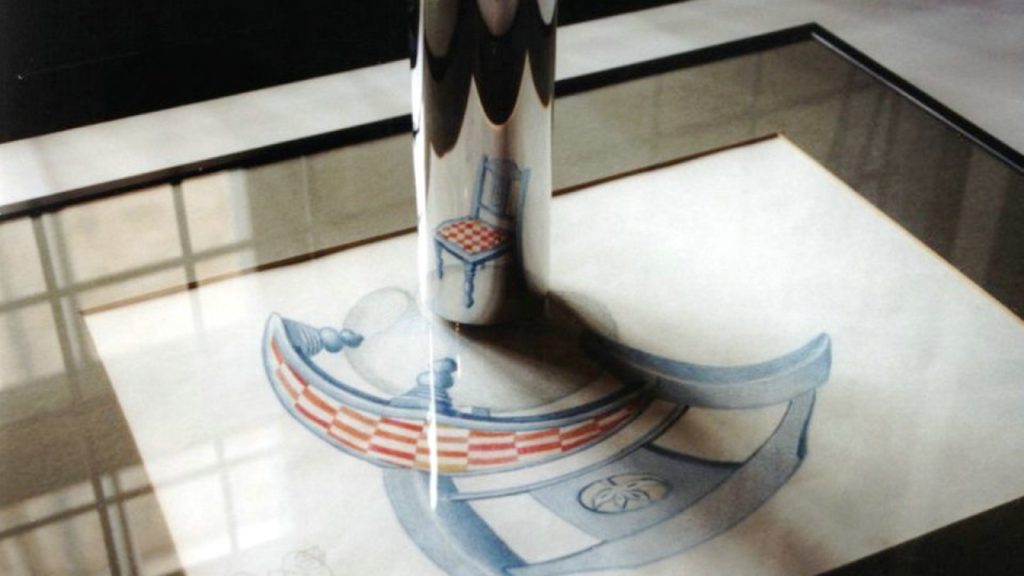
Also Read: 10 Iconic Songs That Turn 50 This Year
Batik
Predominantly found on the island of Java in Indonesia, Batik is an ancient form of colouring textiles using natural dyes and wax that is similar to tie-dying. The method of creating Batik is achieved by smearing wax on the areas of the material you do not want to colour. Subsequently, the cloth is submerged in dye and left to soak so the colour sticks to areas of the fabric that does not have wax on it.
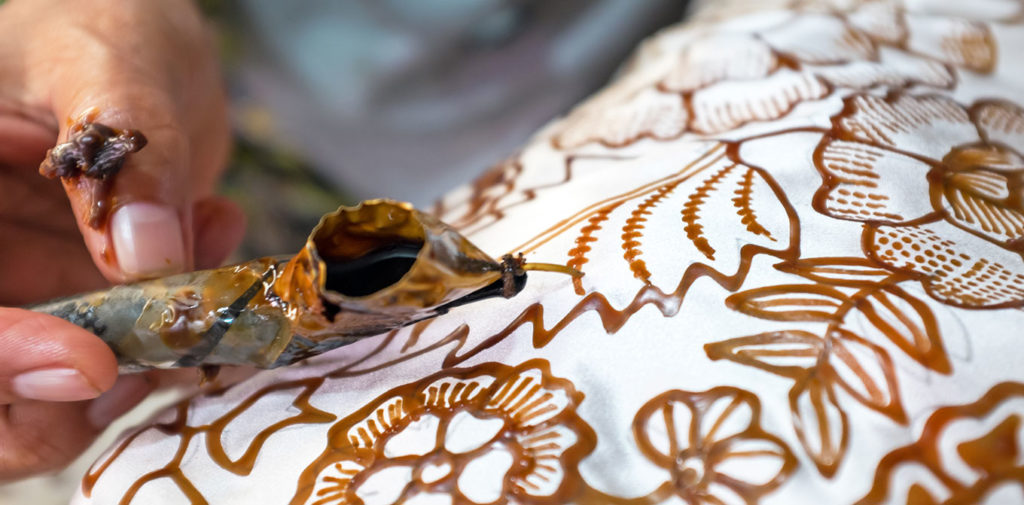
Dirty Car Art
American graphic designer Scott Wade is famed for his unique illustrations created using the dirt and dust found on car windows. Wade first started out using the thick deposits of dust from the roads as his canvas, and initially sketched using his fingers, fingernails, and twigs. Nowadays, he uses a paint shaper and brushes to make a variety of intricate and remarkable pieces of art.
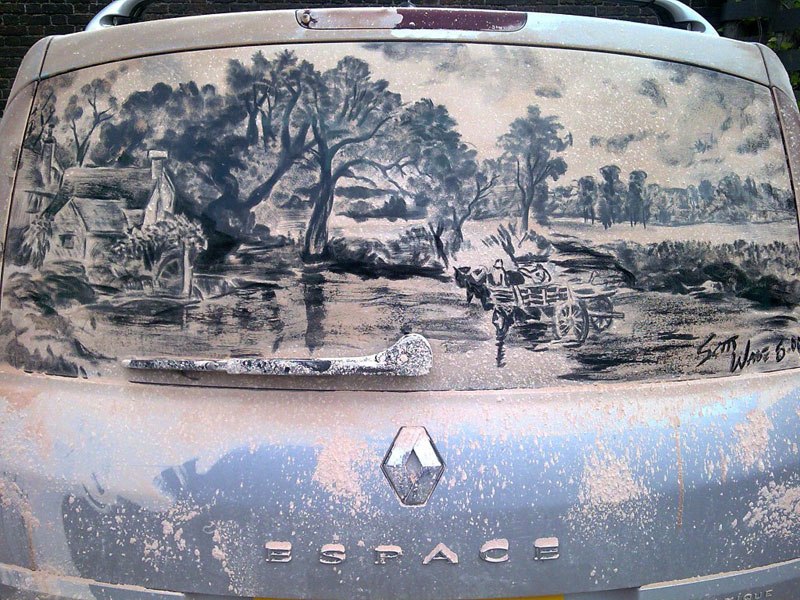
Body Fluid Art
As strange as it may seem, many modern artists are creating (sometimes disturbing) works of art utilising bodily fluids. One artist, in particular, Austrian performance artist Hermann Nitsch uses urine and animal blood in his work, producing some pretty gruesome works of art.
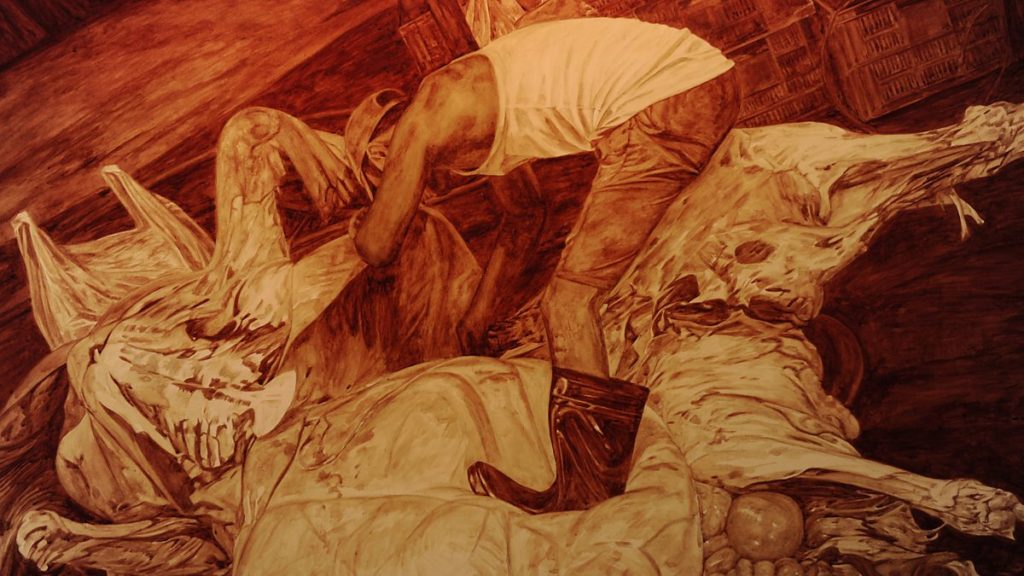
Feature Image Credit: Design Satire
- Britain Set to Release the First Approved COVID-19 Vaccine in Coming Weeks - 6th December 2020
- 11 Most Cinematic Couples to Ever Grace the Silver Screen - 18th November 2020
- Iconic Brands That Have Prospered for Over 100 Years - 16th November 2020

